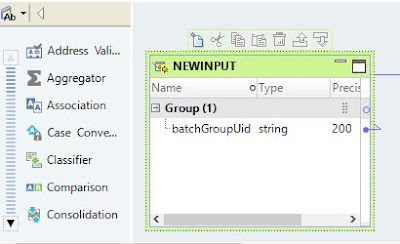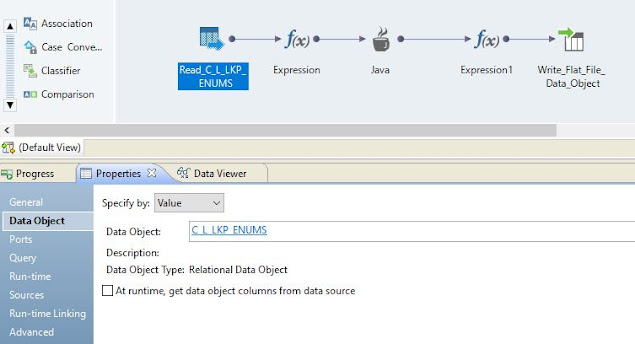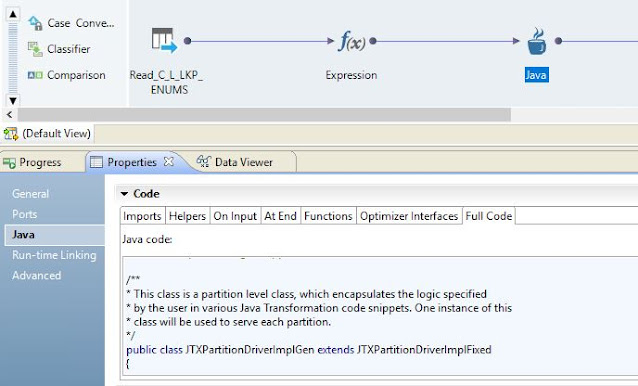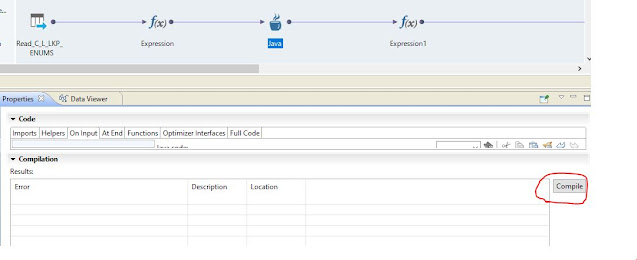At present, Master Data management (MDM) has become the core project of any
organization. The various industries such as banking, healthcare, insurance, telecommunication, manufacturing, and logistics, etc realized that with the implementation of MDM, businesses can achieve better growth in the competitive market. In this article, we will explore the future of Master Data Management. So let's start.
A. MDM with Cloud Solution
The MDM vendors such as Informatica, Reltio, IBM provides cloud solutions. However, the companies who are using these solutions are criticizing about growing cost of cloud and control aspect of it. The initial cost of the cloud solution implementation is less compared to in house MDM implementation. As data is a growing asset and it leads to more usage over time. Cloud solution cost is directly proportional to usage and hence cost cloud MDM solution increases drastically over the years. The infrastructure is owned and managed by the product vendor and we need to rely on the vendor for infrastructure issues. These issues are not limited to quarterly or monthly upgrades, server maintenance, emergency bug fixes, server crashes, major product releases, etc.
Even though with having these concerns, companies are still moving forward to use cloud MDM solutions and the reason is the cloud solution provides more sustainability. With recent pandemic, it is proved that businesses with cloud implementation survive better than in house solutions. There is no doubt, cloud solutions will be used by all the applications in the near future.
B. Artificial Intelligence and MDM
Artificial Intelligence (AI) is a buzz word in the current market. The MDM solution which has AI components will have better survivorship compared to one which does not. With recent releases, Informatica MDM has used AI features for small components in the data steward user interfaces. This tells us that the MDM solution components have started looking AI aspect more seriously. Many business intelligence applications are used to capture, store, access, and analyze data to assist business users in making better decisions. AI with business intelligence will create another world and MDM will be part of it.
There is a great scope for improvement in MDM solutions. AI can be used in extracting and transporting data from source to landing area and from landing area to MDM system. This will reduce the development, testing, performance tuning and deployment time. The cleansing and standardization heavily rely on manual configurations. If AI is leveraged then this manual effort can be reduced to a great extend. Another aspect where AI can be used is customer matching. Currently, many vendors use their proprietary match engine to identify and match customer records. Identifying and matching is an iterative process that takes a long time spanning from few months to few years, in some cases it is a never-ending process. If AI is used to identify and match the records then it will help business users as well as stakeholders to achieve their business goals.
C. Smart MDM and User Interface
The user interfaces (UI) used with the MDM solutions are developed with the technologies which are more stable. This is because of new features and smartness comes with newer versions and is hardly replicated in these interfaces. In many cases, we have noticed that the decade-old source code has never been touched in the MDM user interface. Most of the programming languages such as HTML5, JavaScript, Spring, Java, Python, R2, etc are evolving with great space. The future will not be far when these technologies will be self-improving the use of better infrastructure and intelligence. If these user interfaces needed to be survived in the global market then these need to use smartness in the applications. The end users are capable of handling these advanced features in doing daily routine work.
The end goal of these smart features is to make end users experience not better but the best. The main challenge in the current environment is these user interfaces are not self-explanatory. We have to spend much of the time in training business users. UI can be improved to accept voice and touch commands and in some cases, UI should be smart enough to take its own decisions. This way it will improve productivity and ultimately the profitability.
D. Quicker and Simpler
With the development of data processing technologies, we are able to achieve better improvement in the data processing. However, we see that it take a day to a month to perform initial data load from the source system to MDM systems depending on the volume of the data. This is a situation while dealing with gigabytes or terabytes of data. What will happen if we need to handle exabyte, zettabyte, or yottabyte data in the future? We need to think through now itself about handling future growth of the data within the stipulated time. 30 days of time is going to cost heavily as the value of time is growing at a faster pace. The value of 1 hr from now will be higher in comparison with the value of 1 hr now.
Most of the underlying technologies such as databases, JVMs are not improving in faster processing than what expected. MDM is heaving dependent on these technologies. If underlying technologies improve over time then MDM solutions will be improved automatically else MDM vendors need to come with their own underlying technologies in order to sustain in the future.
E. Increase in Cost - Increase in Value
Due to advancements in technologies such as AI, Cloud computing, etc. the cost of the MDM solution will go high. As it will use extensive data and time for research and solutions. Having said that those increased costs can be explained by the increase in the value of the smart MDM solution.
With the smart MDM approach, we will be creating sustainable, profitable, and future proof solutions that will benefit end customers as well as businesses. The smart MDM is not far!




































